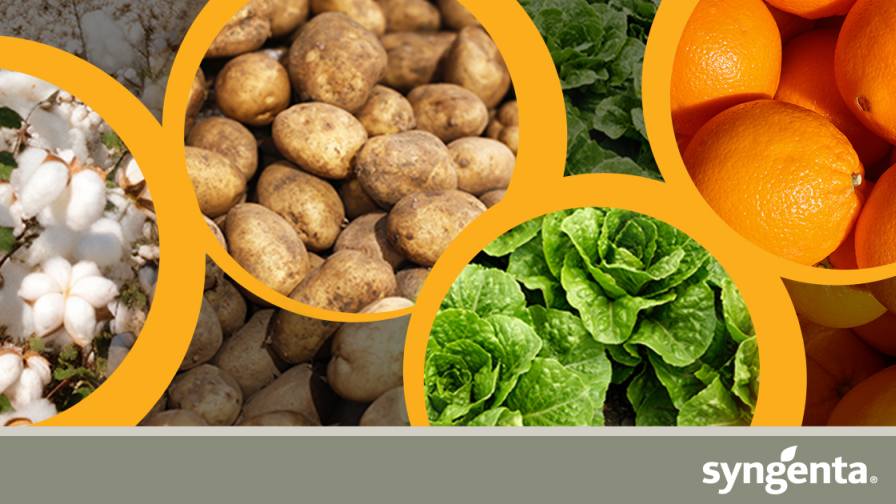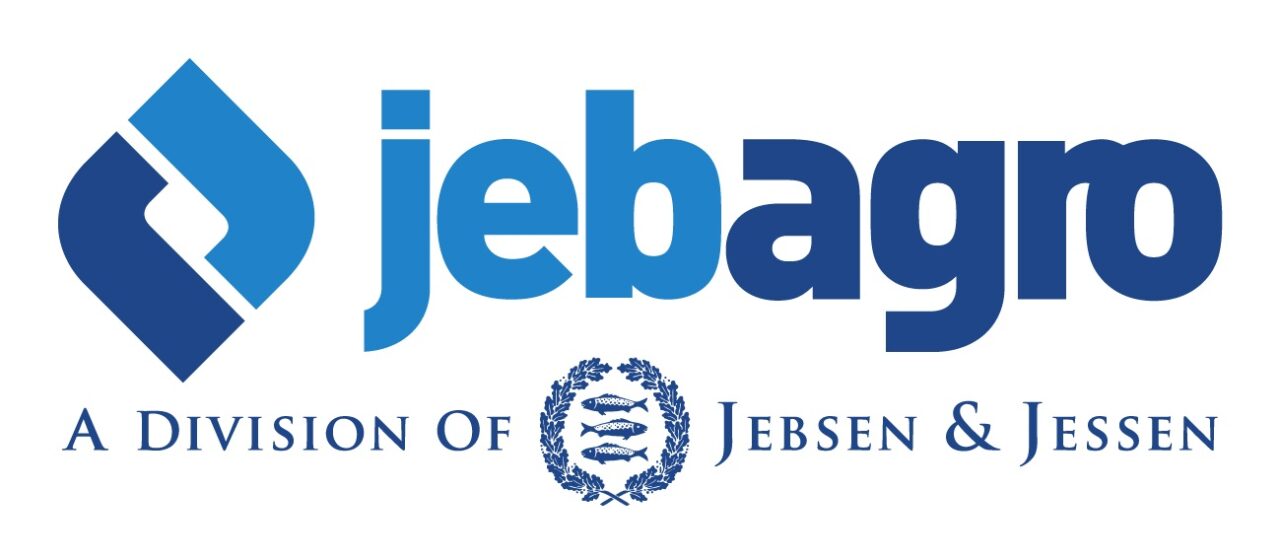Brazilian Soybeans Strong While Rust Spreads
Soybean forecasts remain at 61 million metric tons (MMT) with average yields of 2.8 tons per hectare (Ha). The US Department of Agriculture’s Foreign Agriculture Service (USDA-FAS) recently completed several visits to areas in the major soybean growing state of Mato Grosso, and reported that the state of the crop is “very good.”
Due to the new biosafety law, soybeans in Brazil have experienced the highest recorded increase in planted area of biotech seed in the country’s history. All available biotech seed was planted this year, and seed companies, government research facilities (Embrapa), and even producers are stretching unsuccessfully to meet the demand of farmers for Roundup Ready glyphosate-tolerant seed. The Brazilian seed association reports that 9 million Ha were planted with biotech seed, about 2.5 million being legal seed and the rest illegally smuggled or re-planted seed. This illegal seed often produces a mediocre yield, since it often comes from different climatic areas than where it is planted.
Due to continual problems with drought, planted areas in the South decreased 390,000 Ha this year. However, the center-west is responsible for the largest area decline (606,000 Ha) and about half of the 4% drop in area for the country. The one region with continued soy expansion this year is the Northeast. The states of Maranhão and Piaui both increased in area by 5% over last year. These states are at the cutting edge of expansion in Brazil due to lower land costs and 20% to30% cheaper transportation than the South.
Soybean rust disease appeared a month earlier than last year and is spreading at a faster rate due to wetter conditions, which encourages its spread. Last year’s dryer, near-drought conditions prevented the spread of the disease. In the case of Mato Grosso, strong west winds have also helped to disseminate the rust spores. At this point, Mato Grosso do Sul has the most problems, and was home to 118 of the 618 cases discovered in Brazil. In most states, soybean rust has advanced at a more rapid pace than last year, and it should be expected that rust losses will be on par with 2003/04 levels.
Although rust is more predominant this year than last year, it is clear that farmers are managing the disease better and losses will not be greater than last year. Fungicide use has increased slightly overall, with some regions buying more and some actually buying less. Total fungicide purchases for the season are estimated to be 6.2 million liters, which will match the total used two years ago for the 2004 crop.
The major difference this year, according to farmers in Mato Grosso, is that instead of applying fungicide twice, farmers are applying fungicide three times. Those who apply twice spend about US $50 per Ha. Triple applications brings the cost up to US $75 per hectare or US $1.30 for each bag of soybeans.





